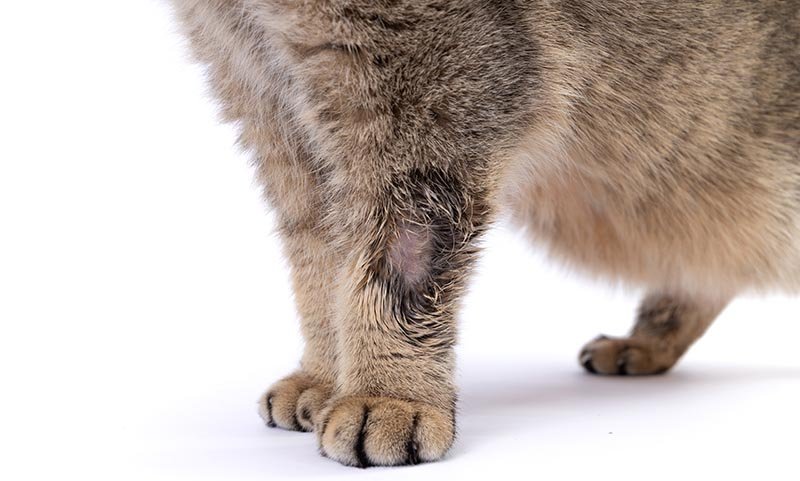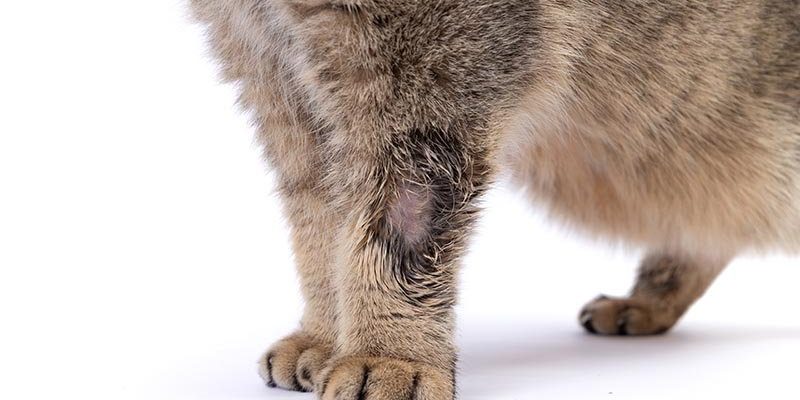
So, what exactly are wolf worms? Well, they’re the larvae of the *Cuterebra* fly, and they can invade the bodies of mammals, causing a variety of issues. But here’s the kicker: not all mammals respond to these worms in the same way. Some appear to have a sort of built-in defense mechanism that helps them shrug off these pesky invaders. This article dives into the nitty-gritty of which mammals show this resistance and how they do it—all while keeping things simple and friendly, just like a chat over coffee.
What Are Wolf Worms?
Let’s break it down. Wolf worms are actually the larval stage of a type of fly known as *Cuterebra*. These larvae find their way into mammals, usually through the skin or sometimes through the respiratory system. Once inside, they can cause all sorts of problems, from mild irritation to more severe infections, depending on how the host reacts.
But why “wolf worms?” Well, they were first noted in wolves, but they don’t just hang out on four-legged predators. They can also target a range of mammals, including domestic pets like cats and dogs, and even some wild animals like rabbits and raccoons. Imagine an uninvited guest settling in for a long stay—nobody’s happy about it, but some are better equipped to deal with it than others.
How Do Mammals Show Resistance?
You might be wondering, “What does resistance look like, anyway?” Great question! Resistance in mammals varies widely and can mean that the animal either doesn’t get infected by the larvae or that it suffers less severe symptoms when they do. This resistance can be due to several factors, including:
- Immune Response: Some mammals have a stronger immune system that can detect and fight off the larvae more effectively.
- Behavioral Adaptations: Certain species may take precautionary measures, like avoiding areas where wolf worms are likely to be found.
- Genetic Factors: Over generations, some animals may develop specific genes that help them fend off infections.
Understanding these varying responses helps scientists identify animal species that are more resilient. It’s like figuring out which friends can handle your spiciest chili recipe!
Which Mammals Are Most Resistant?
Interestingly, research has shown that certain mammals have a leg up when it comes to resisting wolf worms. **Rodents**, for example, seem to fare better than some larger animals. They often display a remarkable ability to either avoid infection or recover more quickly than others.
Take the **cotton rat** for instance. These little guys have been observed to show signs of resistance, often managing to live through infections that might seriously affect a larger mammal. Meanwhile, other species, like **domestic cats**, are more susceptible, experiencing discomfort and health issues when invaded by these worms.
So, why the difference? It could be due to size, habitat, or even diet. Just like how some people can kayak down a rapid river while others prefer a calm lake, different mammals have unique traits that help them face these parasites.
Impacts of Wolf Worms on Mammals
The presence of wolf worms can have serious impacts on the health and behavior of affected mammals. For those that are susceptible, the effects can range from minor irritation to critical health issues.
Here are some common impacts:
- Infection: The larvae can cause deep tissue infections, leading to swelling and pain.
- Behavioral Changes: Animals may become more withdrawn or aggressive while dealing with the discomfort.
- Mortality: In serious cases, especially in young or weakened animals, a wolf worm infestation can be fatal.
Imagine you’ve got a lingering headache that just won’t go away. It affects your mood, how you interact with others, and even your overall health. That’s a bit like what these mammals face when dealing with wolf worms.
The Role of Environment in Resistance
The environment plays a big part in how mammals deal with wolf worms. Animals living in more rural areas with plenty of vegetation may be better at avoiding the flies. On the other hand, urban wildlife, like raccoons who scavenge in cities, might find themselves more exposed to these larvae because of the higher population density.
Let’s think about it like this: if you lived in a neighborhood full of great spice shops, you’d likely encounter spicy food more often. Similarly, mammals in certain environments may face a greater risk and thus show different levels of resistance.
Future Research and What It Means
There’s a lot still to learn about wolf worms and mammal resistance. Future research could help us understand how certain species adapt over time. Such insights would be crucial for wildlife conservation efforts, especially considering how environmental factors are changing.
For instance, understanding which mammals resist these parasites can inform breeding programs for endangered species or help manage populations of animals prone to infestations. It’s like having an ongoing science fair project but with real-world implications!
As we’ve explored, the interaction between certain mammals and wolf worms is a fascinating dance of survival and adaptation. Some mammals show impressive resistance thanks to their immune systems, behaviors, and genetic factors. It’s a reminder that nature often finds a way, even against the odds.
By learning more about these interactions, we not only satisfy our curiosity but also take important steps toward protecting wildlife. So, the next time you hear about wolf worms, you’ll be equipped with knowledge about how some mammals truly stand strong against their unwelcome guests. Just like survival in the wild, it’s a clear illustration of resilience in the face of challenges.

